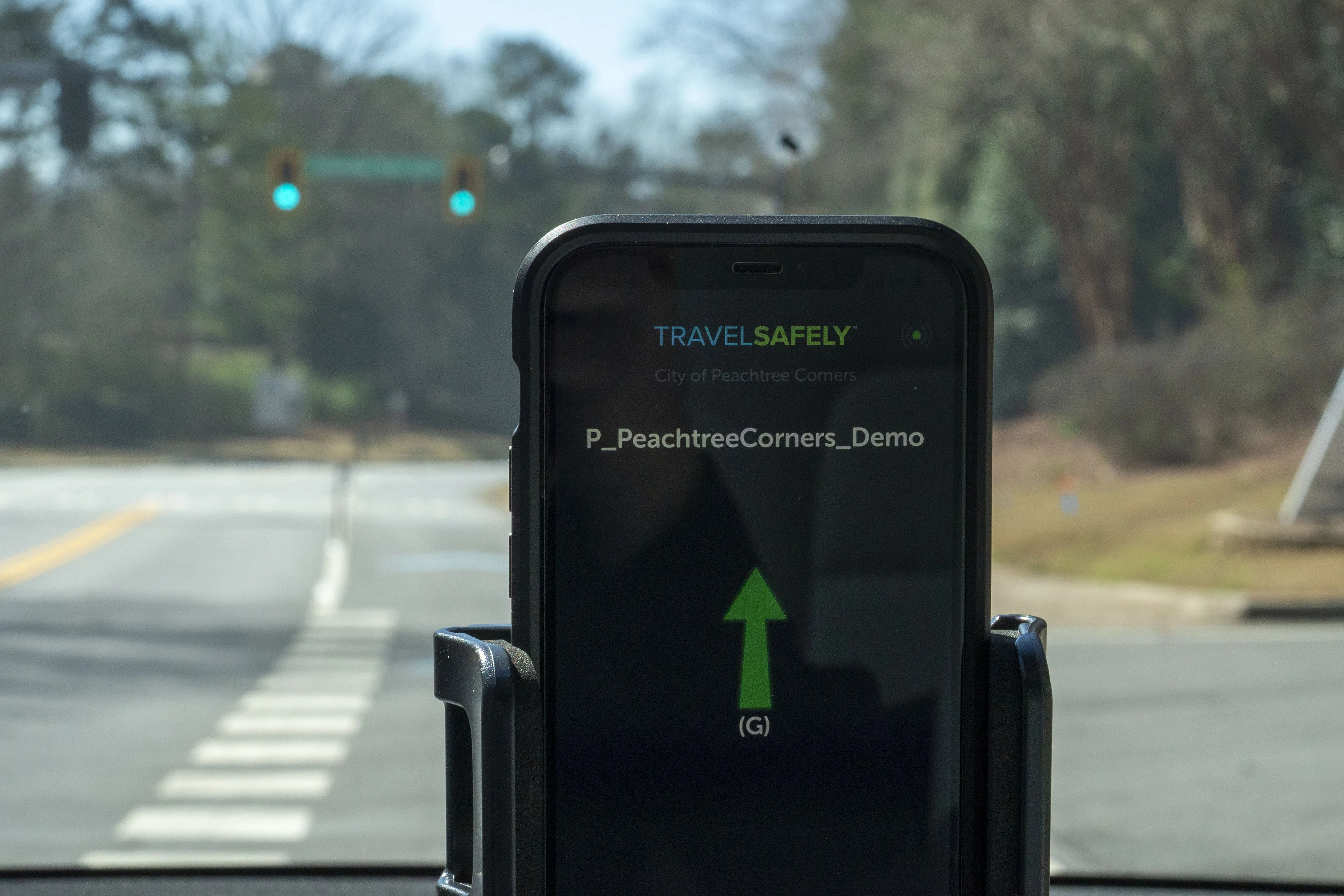Harman International, a subsidiary of
Harman says the system taps into dedicated short range communications and cellular 5G and cellular-V2X networks, removing the guesswork for setting up safety systems.
Automakers can use the Dual-Mode V2X system to utilise over the air commands to select which of the two standards will be implemented on each vehicle, the company adds.
Ram Iyer, senior engineering director for Harman’s telematics business unit, says the solution “provides automakers with the true flexibility needed, in order to support both modes without having to have custom solutions for each standard”.









